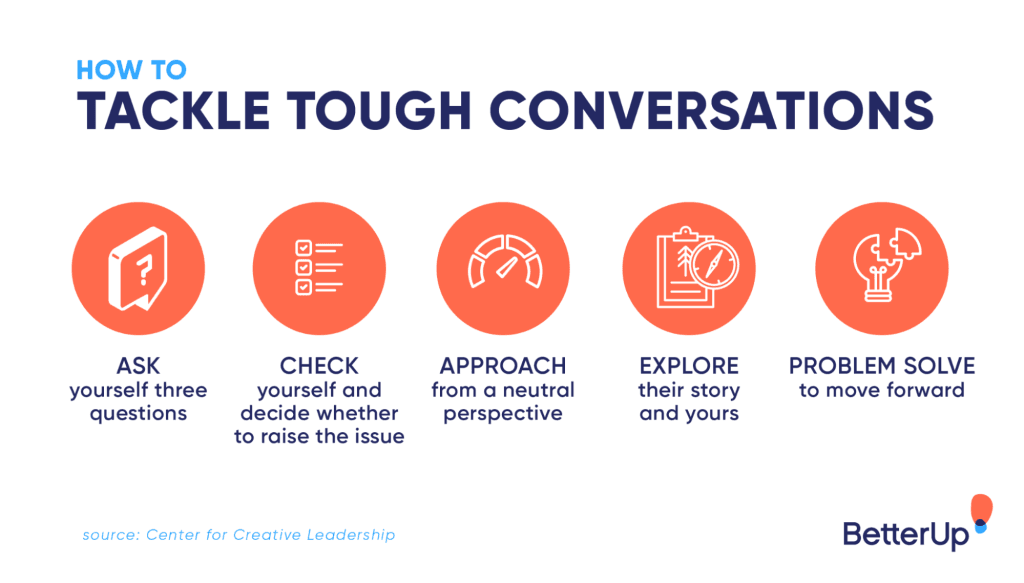
10 Leadership Lessons: Difficult conversations are part of life. You can’t avoid all of them –but you can increase the odds that they will turn out well. The Harvard School of Business Management has identified several techniques for handling a challenging conversation so that it results in a satisfactory or positive outcome. They are as follows:
- Look beneath the surface: The typical conversation is not one but numerous conversations operating at the same time.
- The “what happened?” conversation: This involves each person’s version of what took place, what should have happened, who said what, what was the outcome and who is responsible.
- The feeling conversation: This involves how both people felt about what happened.
- The identity conversation: Both parties are asking themselves, “what does this situation say about me –about my communication skills, about my people skills, about my competence and self-worth?”
- Begin conversations effectively: Most people start by describing the conflict from their point of view.
- Look for contribution, not blame: When something goes wrong, assigning blame is an instinctive reaction but it’s not very productive. Blame is focused on judgement and punishment. It doesn’t help you understand how the problem happened or how to keep it from happening in the future. Contribution is focused on understanding, not punishment. Problem solving works best when both people examine their contributions to the problem. You can help pull the focus off blame by acknowledging your own contribution early in the conversation.
- Don’t hide your feelings: You may think you should check your feelings at the door before getting into a tough conversation. But feelings will leak into the discussion, no matter how hard you try to hide them. They come out in your tone of voice and body language even if you don’t put them into words. So you might as well state them clearly. Sharing your emotions isn’t the same as getting emotional! Yelling or bursting into tears in the middle of a business meeting would be unprofessional. By expressing your feelings calmly and reasonably, you can usually inspire cooperation.
- Try harder to listen more carefully: The best ways to become more persuasive is to listen before you talk. When people don’t feel understood, they stay focused on their own thoughts and feelings. That makes it hard for them to concentrate on what you’re saying. Other people’s concerns may not be obvious. By listening carefully, you find out what those concerns are –so that you can address them.
- Reframe the other person’s statement: Sometimes the other person stays on the attack even though you’re using all the “right” techniques. When that happens, take the person’s nonproductive statement and find the constructive piece buried in it. This is called reframing!
- Be persistent: You may have to use this technique repeatedly. Eventually, the other person will realize that you can’t be dragged into a fight –and then, a constructive discussion can begin –and most likely will lead to a successful resolution.
Happy Sailing!





